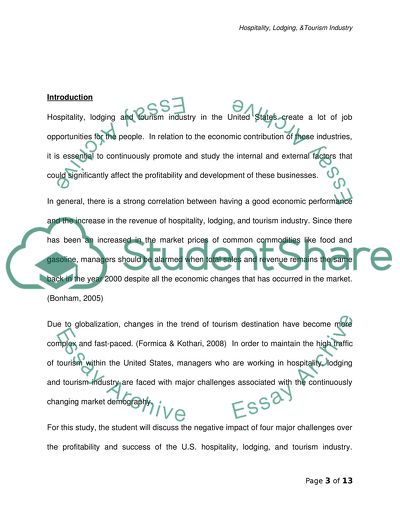Cite this document
(Hospitality, Lodging, &Tourism Industry Research Paper, n.d.)
Hospitality, Lodging, &Tourism Industry Research Paper. https://studentshare.org/tourism/1547628-hospitalitylodgingtourism-industry
Hospitality, Lodging, &Tourism Industry Research Paper. https://studentshare.org/tourism/1547628-hospitalitylodgingtourism-industry
(Hospitality, Lodging, &Tourism Industry Research Paper)
Hospitality, Lodging, &Tourism Industry Research Paper. https://studentshare.org/tourism/1547628-hospitalitylodgingtourism-industry.
Hospitality, Lodging, &Tourism Industry Research Paper. https://studentshare.org/tourism/1547628-hospitalitylodgingtourism-industry.
“Hospitality, Lodging, &Tourism Industry Research Paper”. https://studentshare.org/tourism/1547628-hospitalitylodgingtourism-industry.


